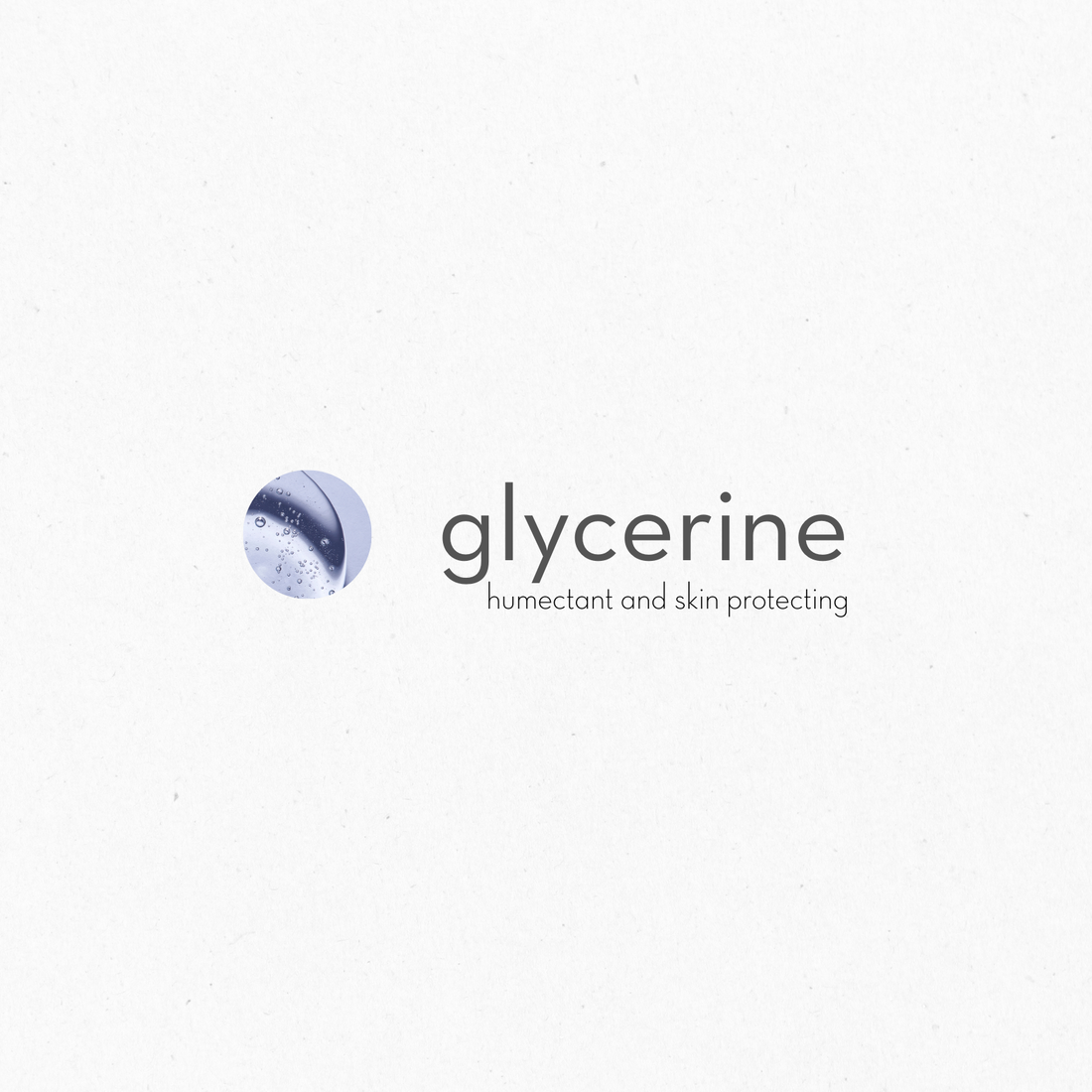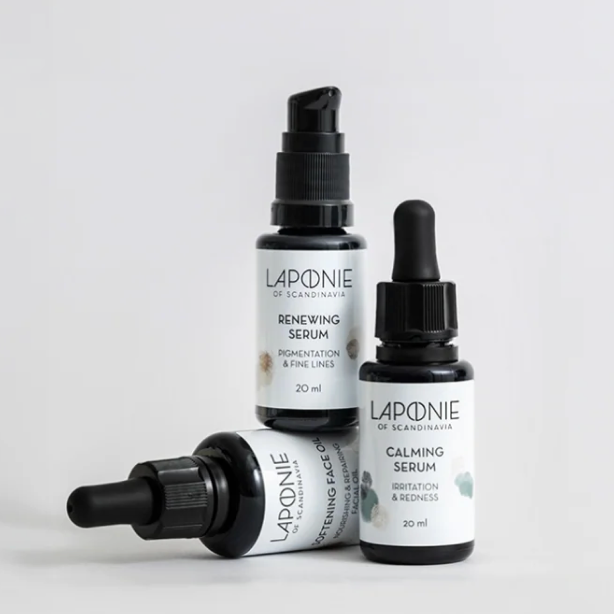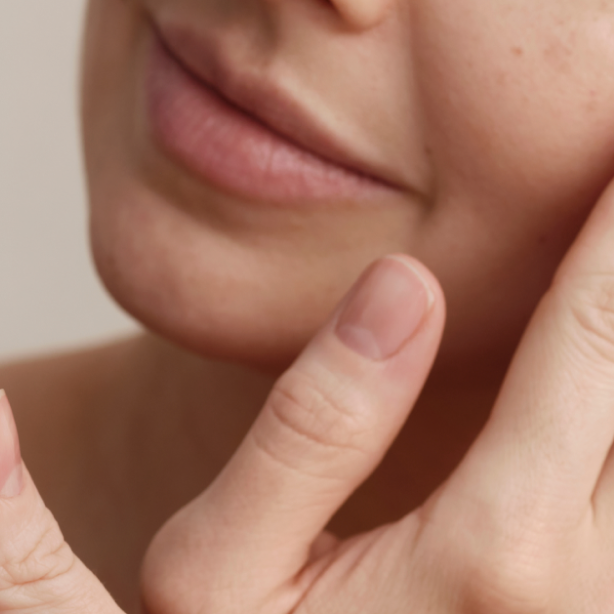
Hydrating ingredients are used in cosmetic products to slow down moisture loss from the product itself and, perhaps more importantly, to increase the moisture content of skin. This function is generally performed by hygroscopic substances, humectants, which work by absorbing water from their surroundings. Glycerine is one of the oldest, if not the oldest, humectants, used in skincare.
Chemically speaking a sugar alcohol, glycerine is also one of the most most common and most versatile humectants out there. Glycerine hydrates and protects the skin, accelerates skin barrier recovery, slows down TEWL (trans-epidermal water-loss) and has anti-microbial properties, among other things. Pure glycerine is a clear, colourless and odourless syrupy paste, and is soluble in water and alcohol. Too high amounts can give products a sticky feel, but nonetheless glycerine remains the gold standard for humectants. Glycerine hydrates for a long time and at a wide-ish range of humidity conditions. Cosmetic grade glycerine is either synthetic or plant-derived, and in this case usually made from palm, coconut or olive. We favour a variety made from European rapeseed.
Glycerine has been shown to have excellent skin tolerability and treatment, with as high as 20% not showing signs of adverse effects in atopic dry skin. Sensitive skin approved, in other words.
We use glycerine in our Mild Milk Cleanser, Gentle Gel Cleanser, Balancing Essence, Light Face Cream, Hydrating Face Mask & Cream, Renewing Serum and Calming Serum.



